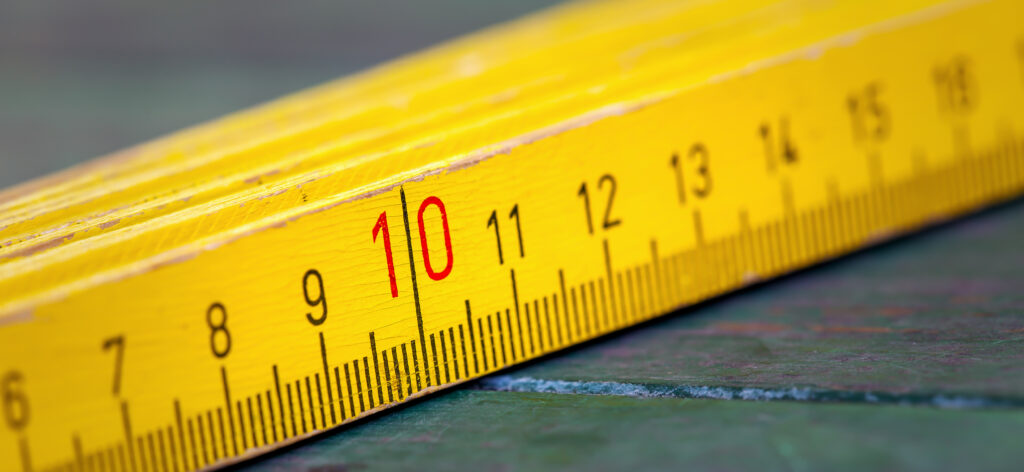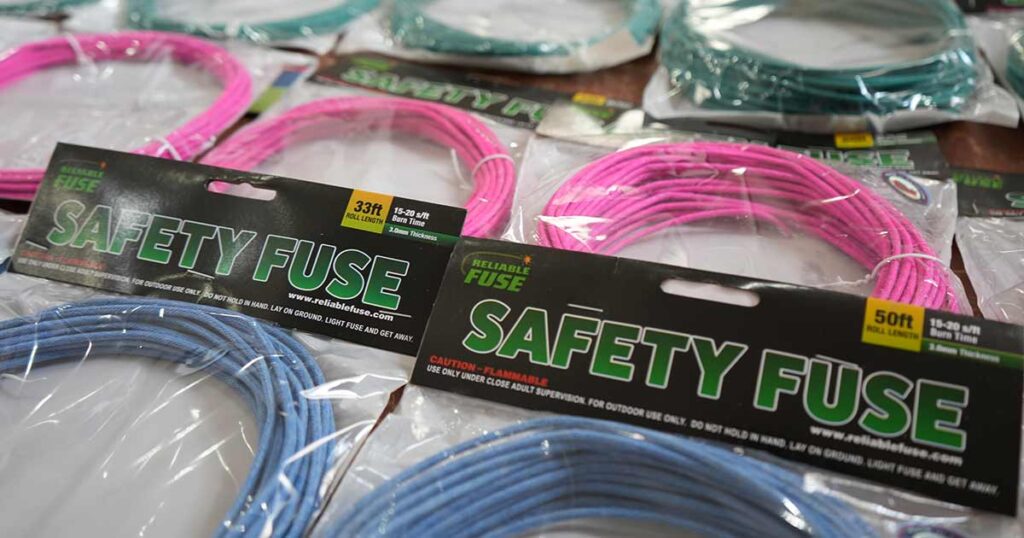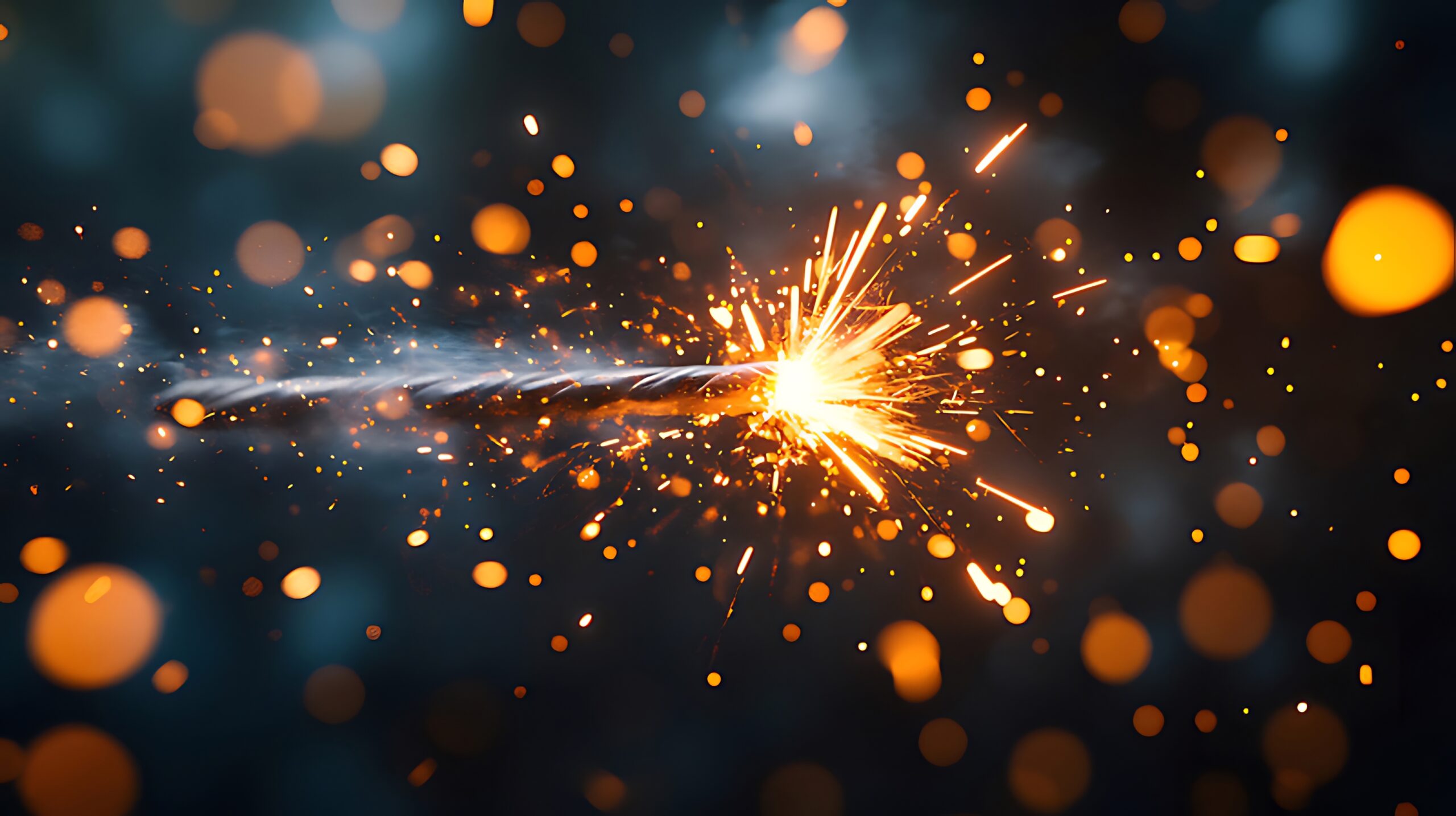Fuse burn rate plays a critical role in everything from fireworks timing to professional pyrotechnics and scientific experiments. Whether you’re lighting a backyard display or engineering a precise sequence for a film shoot, knowing how quickly a fuse burns can be the difference between flawless execution and a serious misfire. Let’s explore what fuse burn rate actually means, how to measure it accurately, and why selecting the right speed matters for both safety and performance.
What Is Fuse Burn Rate?
Let’s start with the basics: fuse burn rate is the speed at which a fuse burns from one end to the other. It’s usually measured in seconds per inch or per foot (or centimetres/metres, depending on your region), and it tells you how much time you have between ignition and whatever the fuse is triggering—whether that’s a firework, a smoke effect, or something a bit more complex.
Not all fuses are created equal. Some burn slowly, giving you more time to step back or set up a sequence. Others are lightning-fast and best left to trained professionals who know exactly when and where something needs to go off. The key is knowing the fuse burn rate of the product you’re working with, so you’re not caught off guard—literally or figuratively.

How to Measure Fuse Burn Rate
Measuring fuse burn rate isn’t rocket science (unless you’re literally building a rocket—then it kind of is). The easiest way to get a ballpark figure is the old-school method: cut a known length of fuse, light one end, and time how long it takes to burn all the way through. A stopwatch works fine, but video recording and slowing it down later can give you a more accurate read.
Here’s a quick step-by-step:
- Cut a 1-foot (or 30 cm) section of fuse.
- Secure it safely on a fire-resistant surface.
- Light one end and start timing.
- Stop the clock when the flame reaches the other end.
- Divide the burn time by the length, and voilà—that’s your fuse burn rate.
It’s a good idea to test multiple pieces from the same roll. Manufacturing inconsistencies, moisture, and storage conditions can all affect fuse burn rate, especially if your fuse has been sitting in a damp garage since last summer’s fireworks show.
Why Fuse Burn Rate Matters
If you’ve ever had a firework go off way too soon—or way too late—you already know why fuse burn rate matters. It’s all about timing. Whether you’re coordinating a backyard show, syncing an effect for a film shoot, or spacing out charges in a professional display, the speed at which your fuse burns determines the precision (or chaos) of the result.
A fuse that burns too quickly can catch you off guard and leave no time to get to safety. One that burns too slowly might ruin the moment—or worse, make you think it’s a dud when it’s really just taking its sweet time. Knowing the correct fuse burn rate for your application ensures everything fires exactly when you expect it to, which is especially important in high-stakes or choreographed environments.
It also plays a major role in safety. The wrong burn rate doesn’t just mess with your timing—it can put people, property, and equipment at risk. Choosing carefully (and testing when in doubt) isn’t just smart—it’s essential.

Common Reliable Fuse Options and Their Burn Rates
At Reliable Fuse, we carry a range of Visco safety fuses with different diameters and burn rates to suit a variety of timing needs—from casual backyard displays to pro-level pyro choreography. Here’s a quick breakdown to help you pick the right option.
2.2 mm Visco Fuse
- Burn rate: 20–25 seconds per foot
- A solid choice for small-scale setups or precise single-shot delays. Its thinner profile makes it a good fit for tighter spaces where every millimetre counts, while still offering reliable and steady burn timing.
2.5 mm Visco Fuse
- Burn rate options:
• 20–25 seconds per foot
• 20–30 seconds per foot - This mid-size fuse is great for general-purpose use. It provides just enough delay to keep things safe and predictable without slowing down your show. The 20–30 second variant gives a bit of wiggle room if you need slightly longer spacing between effects.
3.0 mm Visco Fuse
- Burn rate options:
• 12–15 seconds per foot
• 15–20 seconds per foot
• 20–25 seconds per foot
• 25–30 seconds per foot - Our most versatile fuse, available in multiple timing profiles to match your exact setup. The faster 12–15 s/ft version is ideal for tighter sequences or chaining effects, while the slower 25–30 s/ft option gives you more breathing room and prep time.
All of our fuses are high-quality Visco types, known for their consistent performance and colour-coded reliability. Whether you need a quick burn for a finale or a slower fuse for safety, Reliable Fuse has you covered—with tested, trustworthy options to keep your timing on point.

How to Choose the Right Fuse Burn Rate for Your Project
Choosing the right fuse burn rate comes down to one thing: timing. Are you lighting a single backyard shell with time to spare, or do you need precise delays between effects in a synchronized show? The faster the fuse burns, the shorter your delay—and the less time you have to react.
Here’s a simple way to match burn rate to purpose:
- 12–15 seconds/foot: Great for chaining fireworks with short intervals or building tighter cue sequences.
- 15–20 seconds/foot: A good all-purpose option when you want moderate spacing without rushing the show.
- 20–25 seconds/foot: Ideal for giving yourself time to light and walk away—perfect for casual use.
- 25–30 seconds/foot: Best for maximum safety margin and relaxed pacing.
If you’re unsure, start slow. You can always speed things up by trimming fuse length or choosing a faster option. And when in doubt, test first—conditions like wind, humidity, and how the fuse is secured can all impact your results.
Reliable Fuse offers all these burn rates in professional-quality Visco fuses, so you can fine-tune your timing without the guesswork. Whatever you’re igniting, the right fuse burn rate makes all the difference.
